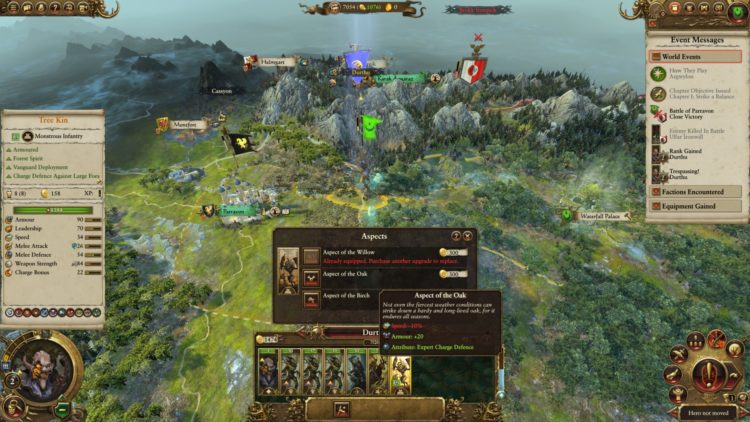


You also get a clear acrylic window – sorry, no tempered glass here – built into the left panel. Rather, the dolly system comes more in handy for roughly positioning the PC into place, where it’ll likely sit forever. It works well enough when you pitch the PC back a little and drag it along by its front angle, but because the PC weighs about 50 pounds, don’t expect to go very far before you tire out. There’s also the usual set of headphone/microphone jacks, USB 3.0 ports and a USB-C port – but no front-side HDMI to support virtual reality headsets.Īround the back, you’ll find a rear wheel and even handles along the top of the chassis designed to help you tote it around. But, lo and behold, the price of our review unit here is $7,999 (£7,186, AU$10,583).Ībove all this, near or along the top of the chassis, you’ll find the Nabla-shaped power button and a convenient Turbo button that will automatically overclock the processor. Size: 11.8 x 27.6 x 25.3 inches (30 x 70 x 64.3cm W x D x H) Pricing and availabilityĪfter reviewing the $4,311 (about £3,050, AU$5,440) Origin Millennium and $4,129 (about £3,175, AU$5,225) Alienware Area 51, we didn’t think there could be a more expensive gaming PC. Ports (rear): 4 x USB 3.1 Gen 1 Type-A, 1 x USB 3.1 Gen 2 Type-C, 1 x USB 3.1 Gen 2 Type-A, 2 x USB 2.0, 6 x DisplayPort, 2 x HDMI 2.0, optical out, 6 x audio jacks, EthernetĬonnectivity: Intel AC 8265 802.11ac, Bluetooth 4.2 Ports (front): 3 x USB 3.1 Gen 1 Type-A, 1 x USB 3.1 Gen 1 Type-C, headphone jack, microphone jack Power Supply: 1,000W modular power supply Graphics: 2 x Nvidia GeForce GTX 1080 Ti (11GB GDDR5X VRAM SLI) Here is the Acer Predator Orion 9000 configuration sent to TechRadar for review:ĬPU: 2.6GHz Intel Core i9-7980XE (octadeca-core, 4.2GHz with turbo boost)


 0 kommentar(er)
0 kommentar(er)
